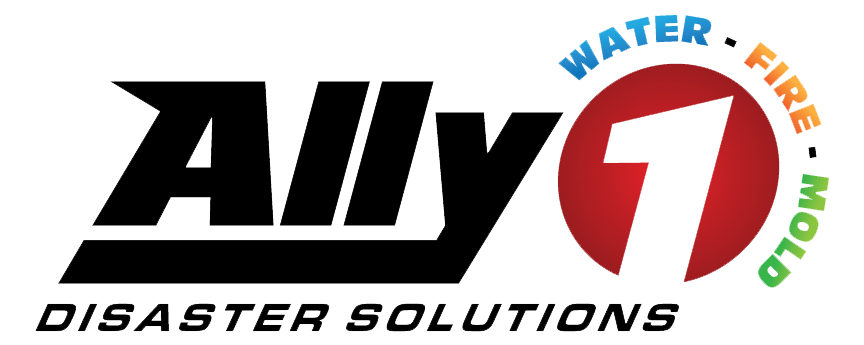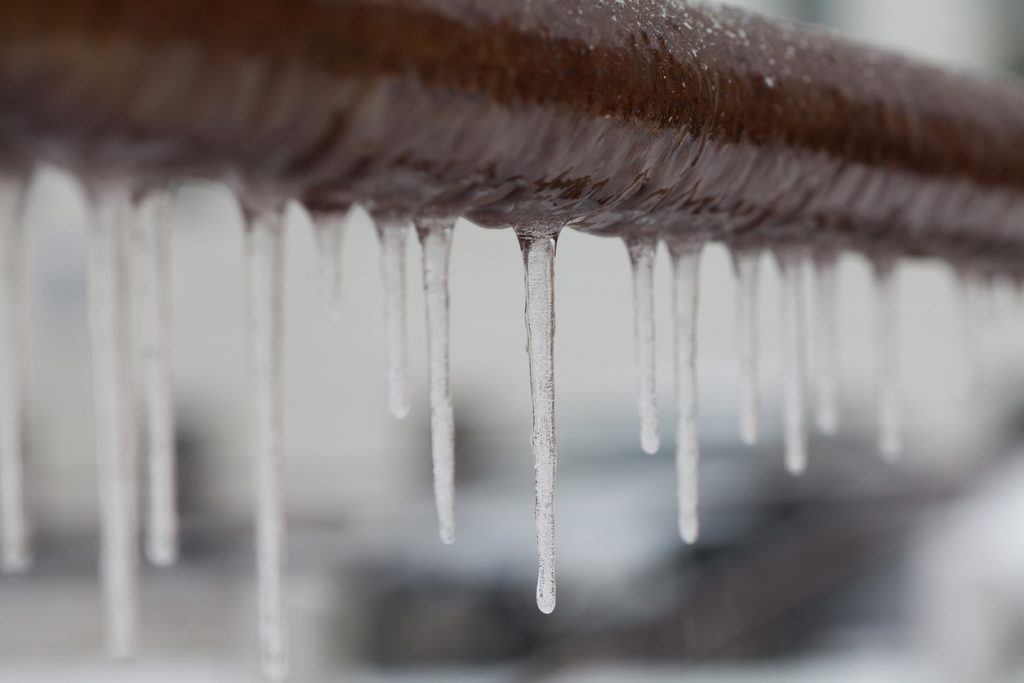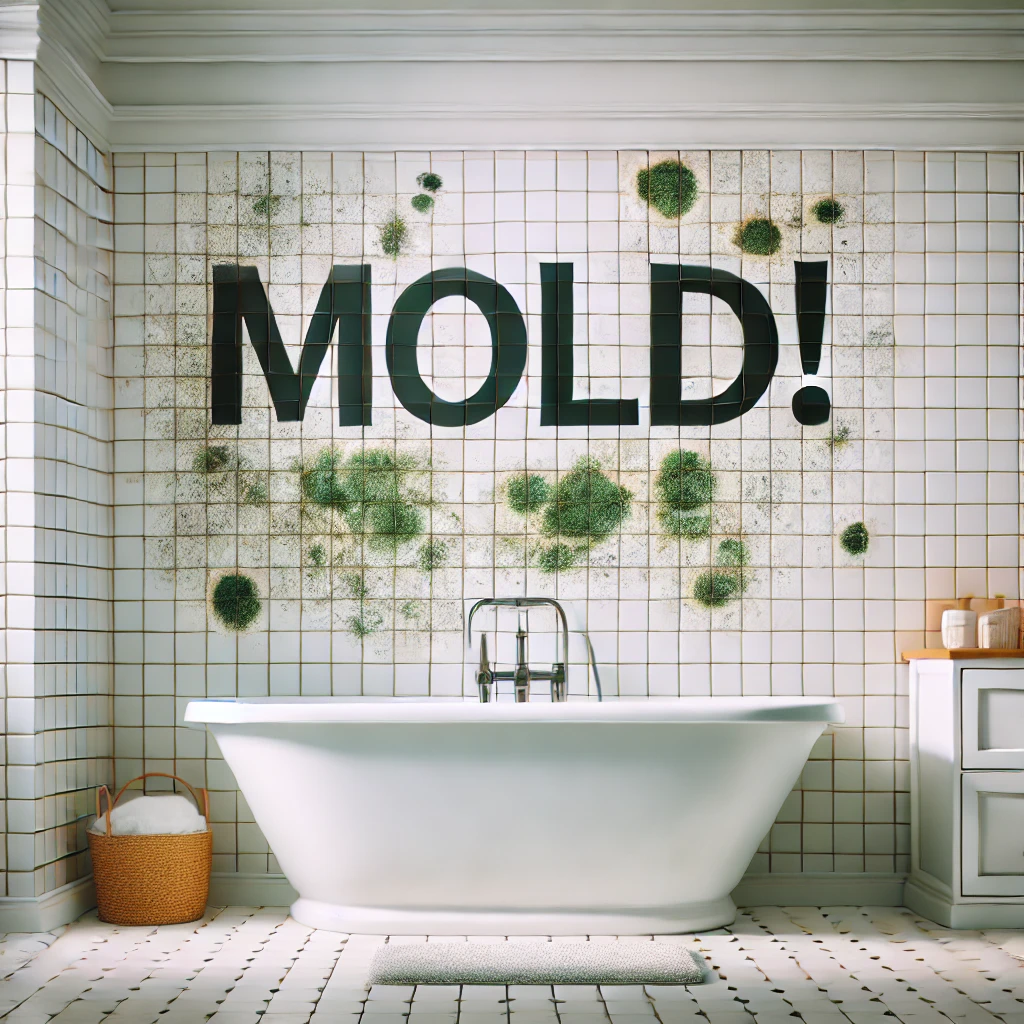 As the days grow shorter and nights get longer in St. George, take these signs as reasons to prepare your home for potential water damage. Wind, hail, water, and freezing damage claims account for more homeowners insurance claims than all other property damage combined. Use these last warm days to scan your home from top to bottom for potential problems.
As the days grow shorter and nights get longer in St. George, take these signs as reasons to prepare your home for potential water damage. Wind, hail, water, and freezing damage claims account for more homeowners insurance claims than all other property damage combined. Use these last warm days to scan your home from top to bottom for potential problems.
Roof…
Walk around the home and view the roof from as many angles as possible. Repair loose, cracked or missing shingles to minimize damage. Keep your attic fully insulated to prevent heat loss through the roof. If heat escapes through the roof, it can melt snow, which could then refreeze and cause an ice dam. The meltwater then flows to the edges of your roof, where it refreezes and creates a literal dam that prevents more meltwater from running off. The increased weight and pressure can damage the roof enough to cause a leak.
Attic
Insulate your attic; you are wasting heat and money if your materials are not up to date. Up to 30% of your home’s heat is lost through the roof. To protect the home from water damage, inspect the attic space for drips, condensation, and signs of moisture. Address any visible ceiling stains inside the home at their source– get up in the attic at least once a year.
Gutters
Clogged gutters prevent proper water drainage, which can leak into your home and cause water damage. Before winter, clear away any debris such as fallen leaves from gutters and make sure downpipes are also clear. Add extensions to downspouts to divert water at least three feet from the foundation.
Exterior Walls
To protect a faucet on an outside wall from freezing on a frigid night, keep a slow trickle of warm water flowing overnight. If any pipes or ducts travel through an exterior wall, be sure to also use caulking and weather stripping around any entry points. Keep cabinet doors open to increase the airflow when the outside temperature drops.
Invest in quality weather stripping around windows and doors to seals warm air in and cold air out. Use caulking and weather stripping around any entry points, including any pipes or ducts that pass through an exterior wall. Replace worn thresholds.
Interior Plumbing
Insulating your water pipes can prevent a rupture inside the home. When water freezes it expands, which can increase pressure throughout your whole plumbing system, bursting both plastic and copper pipes. Foam pipe insulation will save you money by 1) preventing heat loss and 2) preventing the damage and flooding.
Windows
Even cold air and no precipitation can cause water damage to your windows. Interior window condensation is caused by excessive moisture in the house; it often occurs in the winter when the warm air inside the house condenses on the cold windows. It forms on the coldest surface in a room which is often the glass in a window. This accumulation can degrade the surrounding porous surfaces, like window sills.
Basement
While not the most attractive space in your home, your basement holds several expensive and vulnerable pieces of equipment. Before it is turned on full time, have your HVAC “winterized” to confirm that it is ready to withstand low temperatures. If the temperature in the basement falls below 32 degrees Fahrenheit, it is likely that your pipes will freeze. If your washer is in the basement, insulate any pipes that come through an exterior wall. Consider an insulated blanket for your hot water heater.
And Everywhere…
If you plan to leave the home vacant, you may want to turn off the water supply and drain your supply lines. Drain your irrigation system by arranging to have in-ground sprinkler pipes blown out. Shut off the outside water valves and drain your outdoor faucets and garden hoses. Roll up the garden hoses and store them inside. Plan on having someone visit the vacant property every few days to make sure the building has not experienced a leak.
Ally1 Disaster Solutions
In any season, when it comes to water damage cleanup in St. George and Southern Utah, you want the best people handling the situation. The Ally1 Disaster Solutions crew is certified, experienced, and available with immediate response 24 hours a day, 7 days a week for water damage cleanup at (435) 238-4852. Ally1 Disaster Solutions uses state-of-the-art equipment, while Insurance Claims Specialists work directly with YOUR insurance company. Locally owned and with 20 years of experience in the industry, they are Southern Utah’s most experienced and trusted restoration professionals.







